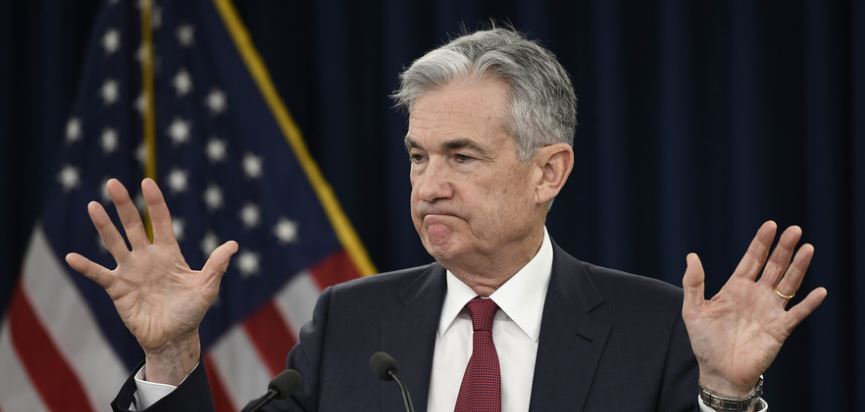What’s in Today’s Report:
- Jobs Report Preview (Minor Post Fed Adjustments)
- Is Dr. Copper Sending Another Signal?
Futures are slightly higher following yesterday’s declines thanks to decent economic data and ahead of the jobs report and ISM Manufacturing PMI.
Global manufacturing PMIs were a bit better this morning as a private market reading of Chinese manufacturing beat estimates (51.7 vs. (E) 51.0) and that’s notable because it contradicts the soft government reading from Thursday. Additionally, the British manufacturing PMI also beat estimates. The Japanese reading, however, was soft (48.4 vs. (E) 48.9).
Bottom line, global manufacturing PMIs aren’t collapsing, but they aren’t showing the type of stabilization that markets have priced in, either.
Today the focus will be on economic data and while the Employment Situation report (E: 93K job adds, 3.6% UE rate, 3.0% wage growth) will dominate the headlines, the ISM Manufacturing PMI (E: 49.0) is actually going to be the more important report, because if it shows further deterioration, that will increase worries about the U.S. economy. More broadly, as we said yesterday, with the Fed on hold, “good” data is good for stocks, and “bad” data is bad.
Finally, there are two notable Fed speakers today, Williams (12:00 p.m. and 2:30 p.m. ET) and Clarida (1:00 p.m. ET) although neither should move markets given we just heard from Powell.



